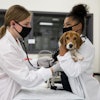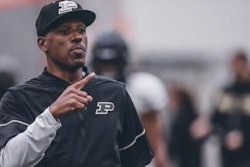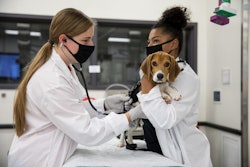
According to the report, underserved students—minority students, low-income students and/or first-generation college students—“49 percent had an interest in STEM … , the same interest level as the overall student population. Underserved students make up nearly half (47 percent) of all STEM-interested [high school] graduates.”
Jon Erickson, ACT president, said “Underserved students have the same STEM aspirations as others, so it’s sad to see their achievement levels so far behind. This research provides an important reminder of why it’s so important to help improve educational outcomes for students who don’t have the same access to quality resources as others.”
The more characteristics of being underserved a student had, the less prepared they are for STEM studies. According to the report, “Even when students have only one of the characteristics, they show lower readiness rates than STEM-interested students nationwide. When they have two characteristics, however, their readiness rates drop by more than 20 percentage points, and when all three characteristics are present, readiness rates drop by up to 34 percentage points.”
Dr. Freeman Hrabowski, president of the University of Maryland at Baltimore County, said there is a need for the country to surround and support students of color desiring to pursue STEM fields.
“You have students of all races who can succeed in disciplines across the board from STEM to the humanities. This is about dreams being fulfilled,” said Hrabowski. The major hindrance for students of color, he said, “is that we have not been given the support to understand what it takes to do math and science and engineering.”
Part of the answer, he said, is providing situations that affirm the students’ interest in STEM. Another part is taking an interdisciplinary approach to strengthening the students in every area.















